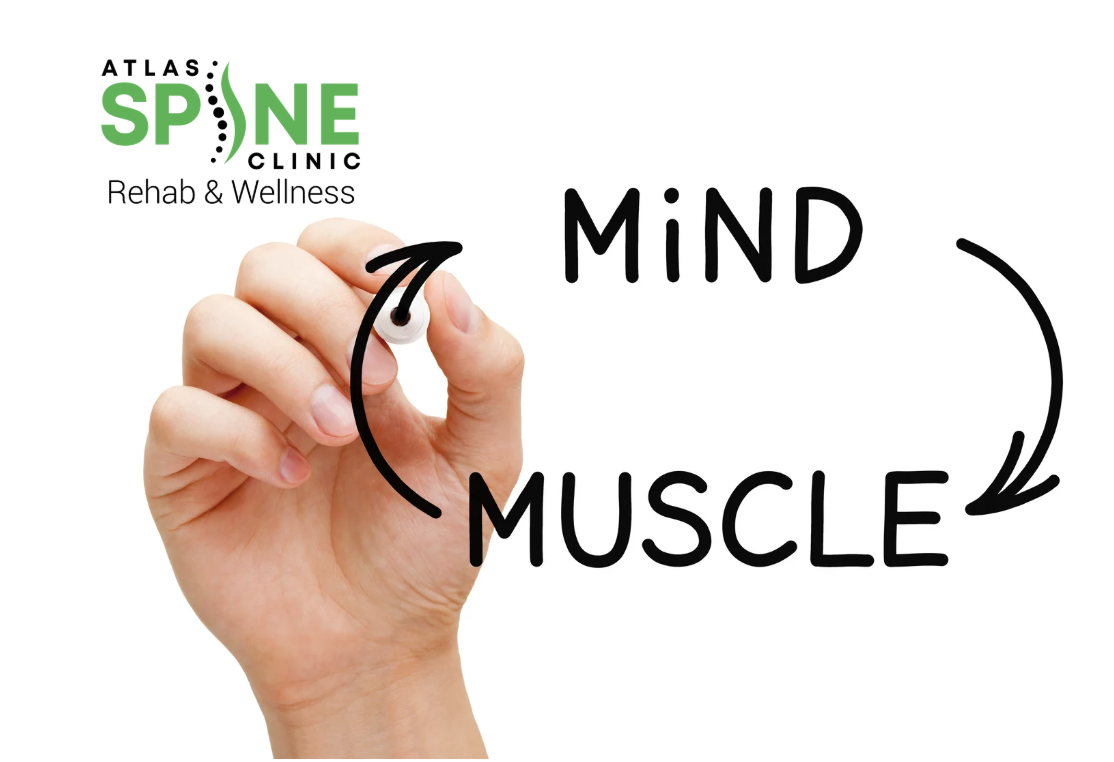Carpal tunnel syndrome can be frustrating. That nagging pain, tingling fingers, and weak grip can make everyday tasks feel like a struggle. Whether you’re typing all day, working with tools, or constantly using your phone, your wrists go through a lot. The good news is that simple carpal tunnel exercises can help ease discomfort and keep your hands flexible.
This article covers what carpal tunnel syndrome is, its causes, and ten effective hand movements to relieve symptoms. These exercises are easy to do anywhere and don’t require any special equipment.
What Is Carpal Tunnel Syndrome?
Carpal tunnel syndrome happens when the median nerve—running from your forearm into your hand—gets compressed in the narrow carpal tunnel at your wrist. This can cause tingling, numbness, weakness, and pain in your hand and fingers. It often worsens over time, making simple tasks like holding a cup or buttoning a shirt frustrating.
What Causes Carpal Tunnel Syndrome?
Several factors can lead to carpal tunnel syndrome:
✔ Repetitive hand movements – Typing, texting, or using tools for long hours.
✔ Wrist positioning – Poor ergonomics while working on a computer.
✔ Health conditions – Diabetes, arthritis, or hypothyroidism.
✔ Fluid retention – Common during pregnancy, causing swelling in the wrist.
✔ Injury – Wrist fractures or sprains can narrow the carpal tunnel.
If you’re dealing with symptoms, don’t ignore them. Adding these carpal tunnel exercises to your daily routine can help manage discomfort and improve mobility.
10 Hand Carpal Tunnel Exercises
These simple movements can provide pain relief for wrists while improving flexibility and strength. If your hands feel stiff, numb, or weak, adding these exercises to your routine can help. Try them a few times daily, especially if your job or daily activities involve repetitive hand motions.
1. Wrist Rotations
Keeping your wrists flexible is key to preventing stiffness. This movement promotes ergonomic hand movements and helps loosen up the joints.
- Stretch one arm straight out with your palm turned upward.
- Slowly rotate your wrists in circular motions, first clockwise, then counterclockwise.
- Continue for 20–30 seconds in each direction.
This simple motion improves blood circulation and reduces strain from repetitive tasks.
2. Finger Stretch
Stretching your fingers can ease stiffness and keep them flexible, especially if you spend hours typing or gripping objects.
- Spread your fingers as wide apart as possible.
- Hold the stretch for five seconds, then relax your hand.
- Repeat this 10 times.
Regular finger stretches help improve dexterity and reduce tension in the hand.
3. Thumb Stretch
Your thumb plays a crucial role in gripping and fine motor tasks, so keeping it flexible can prevent discomfort.
- Hold one hand out with the palm facing up.
- Use the other hand to gently pull the thumb backward.
- Hold for 10 seconds, then switch hands.
This movement relieves tension and improves mobility, reducing strain on the median nerve.
4. Prayer Stretch
This well-known stretch provides carpal tunnel syndrome relief by easing pressure on the wrist and improving flexibility.
- Place your palms together at chest level, similar to a prayer position.
- Slowly press your hands downward while keeping your palms together.
- Hold the stretch for 20 seconds before releasing.
This is a great way to relieve tension after long periods of typing or repetitive hand movements.
5. Wrist Flexor Stretch
This movement is particularly beneficial for those who experience stiffness and tightness in the wrist.
- Extend one arm straight with the palm facing up.
- Use your opposite hand to gently pull the fingers downward.
- Hold for 15 seconds, then switch hands.
A great addition to physical therapy for carpal tunnel, this stretch helps loosen up tight muscles and tendons.
6. Wrist Extensor Stretch
If your wrists feel stiff or sore, this stretch can help relax the tendons and improve flexibility.
- Stretch one arm out in front with your palm turned down.
- Use your opposite hand to gently pull the fingers toward your body.
- Hold for 15 seconds, then switch hands.
This stretch targets the forearm muscles and reduces tension, making it a useful addition to your routine.
7. Shake It Out
Sometimes, the simplest movements can provide the most relief. This one helps improve circulation and relaxes tight muscles.
- Let your hands hang loosely by your sides.
- Gently shake them for about 20 seconds.
This exercise is a quick and effective way to reduce tension in the hands and wrists.
8. Fist to Stop Sign
This movement strengthens the hand muscles and improves flexibility, making it easier to perform daily tasks.
- Make a fist with one hand.
- Slowly open your hand, stretching your fingers outward as if signaling a “stop” sign.
- Repeat this 10 times.
This exercise is one of the best hand exercises for carpal tunnel, as it strengthens the fingers and wrist.
9. Wrist Curls
Strengthening your wrists is just as important as keeping them flexible. This simple exercise builds strength in the muscles supporting the wrist joint.
- Hold a light object, such as a small water bottle or resistance weight.
- Slowly curl your wrist upward, then lower it back down.
- Do 10 repetitions per hand.
This movement is excellent for median nerve exercises and can help prevent wrist strain.
10. Hand Grip Exercises
A strong grip makes everyday tasks easier, from holding a pen to opening a jar. This exercise helps improve hand strength and endurance.
- Squeeze a stress ball or another soft object.
- Hold for 5 seconds, then release.
- Repeat 10 times.
One of the best carpal tunnel syndrome exercises, this movement strengthens the muscles in the hands and fingers, improving overall grip strength.
While these carpal tunnel exercises can help with mobility and pain relief, some cases require professional treatment. If symptoms persist, seeking specialized care at Atlas Spine Clinic can provide a more comprehensive approach to managing carpal tunnel syndrome.
Conclusion
Taking care of your wrists and hands is crucial, especially if you use them a lot for work or hobbies. These carpal tunnel exercises are easy to do and can make a big difference in managing pain and discomfort. Whether it’s wrist stretches, hand exercises, or ergonomic hand movements, a little daily effort goes a long way.
If your symptoms persist or worsen, consider consulting a healthcare professional for further carpal tunnel syndrome relief options. Your hands deserve some love—keep them moving and pain-free!






